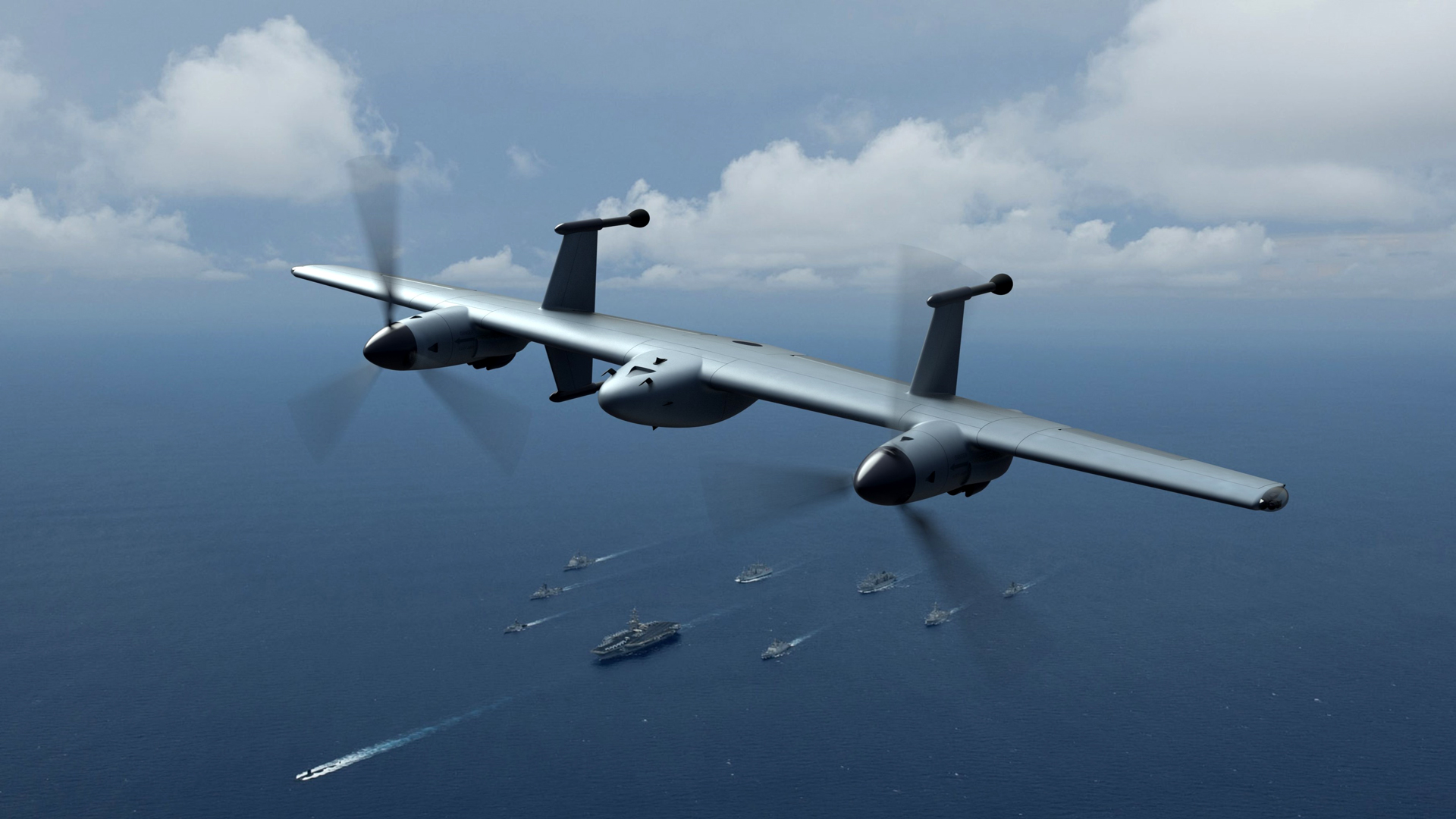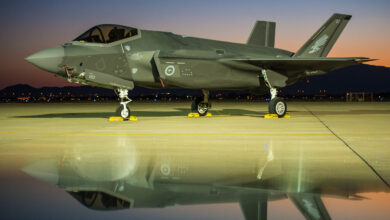Sikorsky has announced the start of flight testing for its new unmanned aerial system (UAS) that features a novel “rotor blown wing” design.
Developed on behalf of the Defense Advanced Research Projects Agency (DARPA), the drone can take off and land vertically like a rocket from a seated position on its tail.
It can then transition to horizontal forward flight for long-endurance missions.
According to the company, the flight tests will help refine the drone’s aerodynamics and controls.
They will also evaluate its scalability and efficiency for intelligence, surveillance, and reconnaissance (ISR), and targeting missions.
“Flight tests are underway to verify our tail-sitting rotor blown wing UAS can launch and land vertically with high stability and cruise efficiently on wing,” Sikorsky director Igor Cherepinsky said.
Part of Ancillary Program
Development of the novel UAS is part of DARPA’s ANCILLARY initiative to produce a class 3 VTOL drone that can operate in adverse weather conditions.
Sikorsky is one of the competitors selected to move forward with the program after pitching a rotor blown wing design that provides constant airflow to the drone.
The design also promises reduced drag on the wing in hover mode and when transitioning to forward flight.
According to Cherepinsky, the capabilities were made possible with the integration of the MATRIX autonomy flight control system and an articulated rotor system similar to those in traditional helicopters.
Once flight tests are done, Sikorsky will explore an electric version of the rotor blown wing UAS that can carry up to 60 pounds (27 kilograms) of ISR payload.












